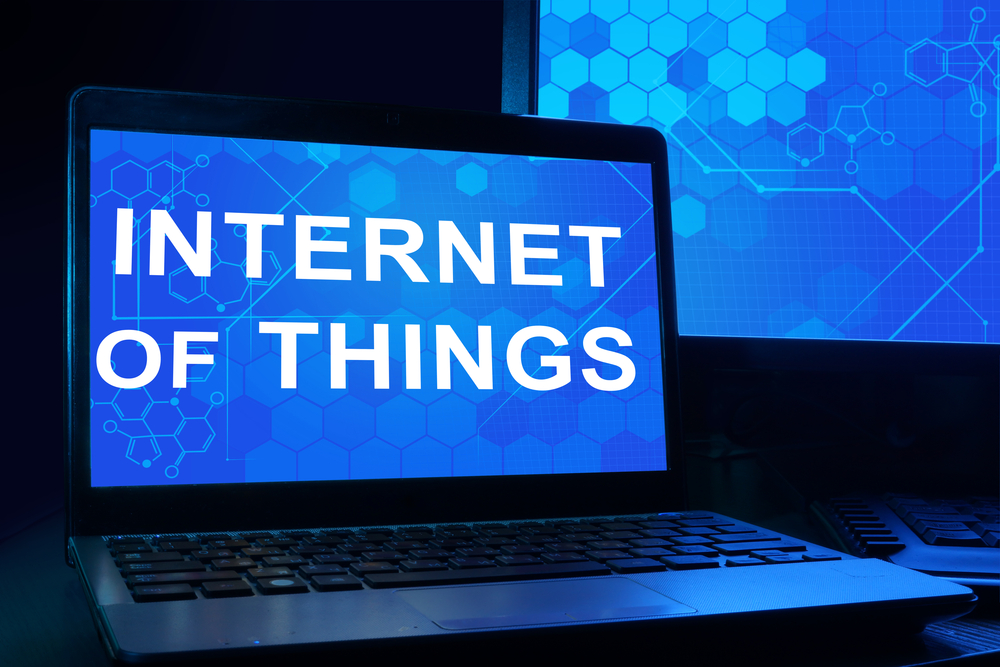In recent years, many organisations have experienced the daunting task of launching machine-to-machine (M2M) implementations, often as part of an enterprise mobility initiative. Thankfully, this has led to enterprises and IT leaders understanding the full value of connectivity.
If M2M is a linear, closed-system architecture consisting of hardware with a modem, a service plan and a data repository, then the Internet of Things (IoT) is the next logical progression for data and application management. The goal of M2M is simple data access and connectivity, while IoT’s objectives go further to include continuous improvements of product-as-a-service functionality based on data analysis.
>See also: Why the Internet of Things is more than just a smart fridge
The value of IoT, then, resides not only in the device but in the entire ecosystem, including the data produced and the actions taken to enhance the value chain and the end-point of consumption.
The key to IoT’s value is the analytics engine sitting above the IoT stack, which forward-looking businesses are using to help achieve corporate objectives – and in some cases, identify new ones.
This heavy dependence on data analytics, however, creates an issue between the enterprise and its end users regarding the ownership of this data. Determining a strategy that defines and manages the use, ownership and security of data and connected applications are underrated and often forgotten in IoT adoption.
This is particularly true for companies that have a BYOD policy. For example, corporate data collected from an employee-owned device could be unintentionally merged with that employee’s personal data. Who then owns that data, and is the company entitled to use it? A clear, well-communicated strategy prevents any accusations of invasion of privacy or misuse of information.
And this requirement for trust and appropriate use of data naturally extends to the IoT-based relationship between the business and its customers. The responsible and mutually-beneficial examination of customers’ usage and CRM data has created trust for many companies across multiple industries for years – retail and telecoms being the two most obvious examples. The use of IoT data is no different, and in fact requires an even greater level of care over suitable usage given its greater breadth and more personal nature.
The use of data-driven IoT within the automobile industry can allow drivers, manufacturers, and mechanics to predict and manage the health of a vehicle. Much like a proactive IT managed service provider, this insight allows a mechanic or manufacturer to analyse the vehicle’s data to efficiently manage appointments and preferences, and even offer deals on services.
Retailers can utilise geo-fencing technologies to inform consumers of local deals and offers based on their current location. Retailers can also synthesise consumer data for personalised marketing based on a person’s past preferences and shopping frequency to locations in the area.
>See also: Gartner’s Internet of Things predictions
Within a residence, data-driven IoT can support everything from general maintenance of a house to environmental settings, such as heat, lighting and security measures.
Enterprises that are well versed in M2M can therefore readily transform the way their business operates by taking advantage of IoT. But whether using it internally or with their customers, the enterprises that do so successfully will have created multi-platform and tightly controlled IoT ecosystems designed to keep employees and customers not only engaged, but also invested in a clearly defined value chain.
Sourced from Troy Fulton, Tangoe







